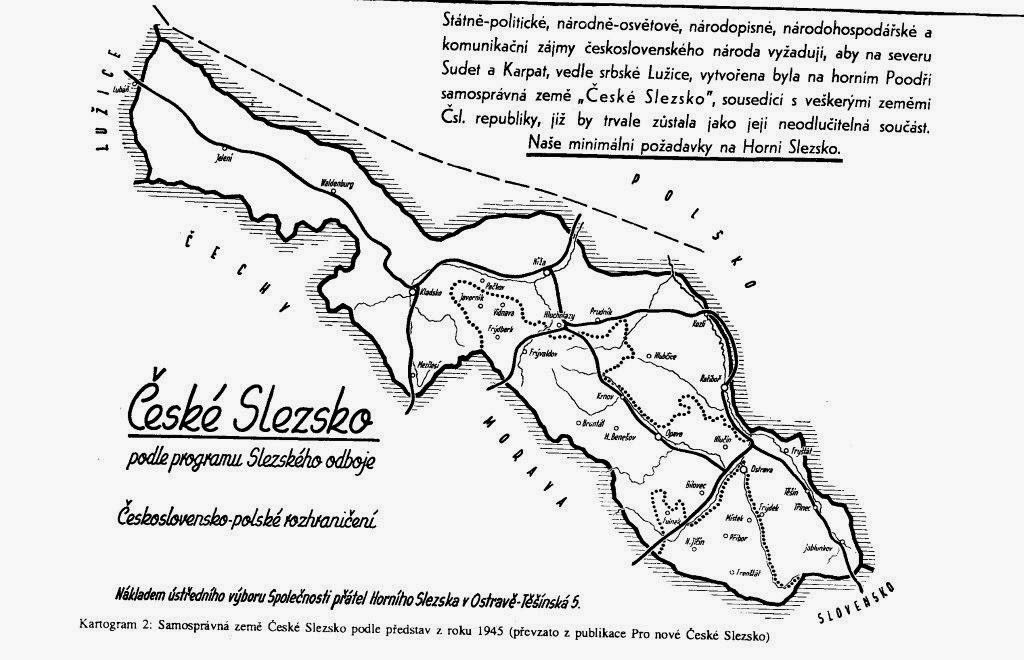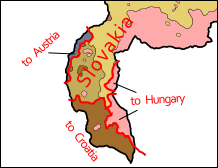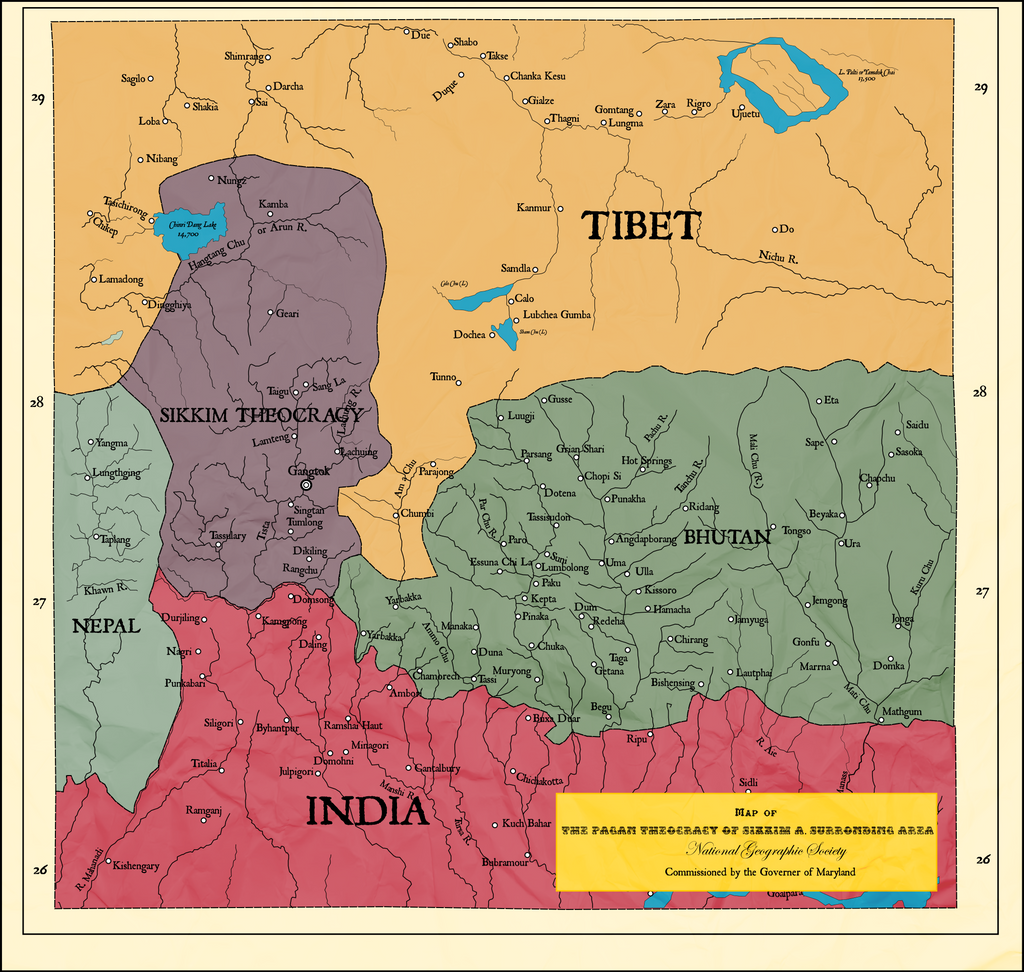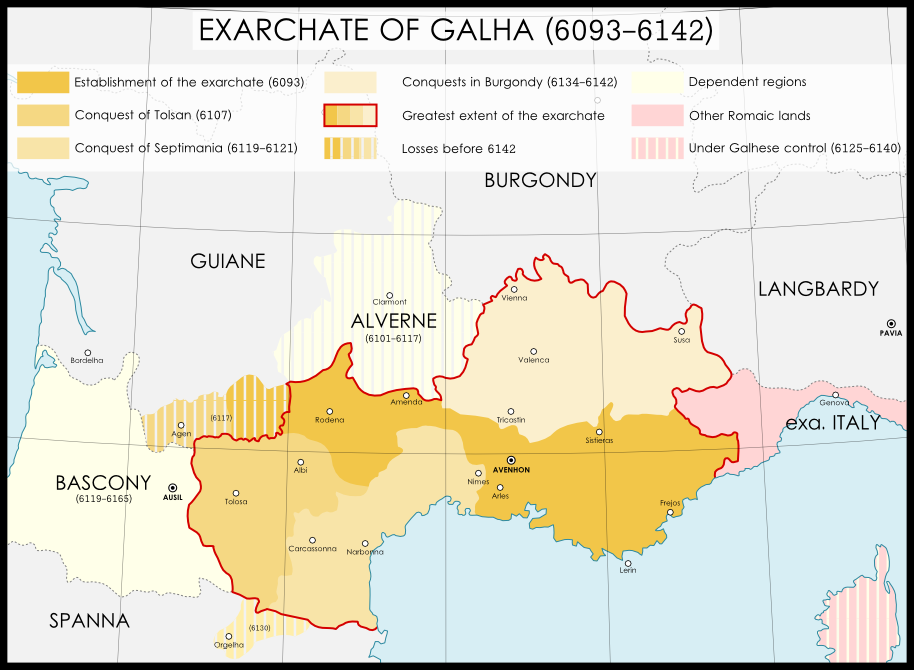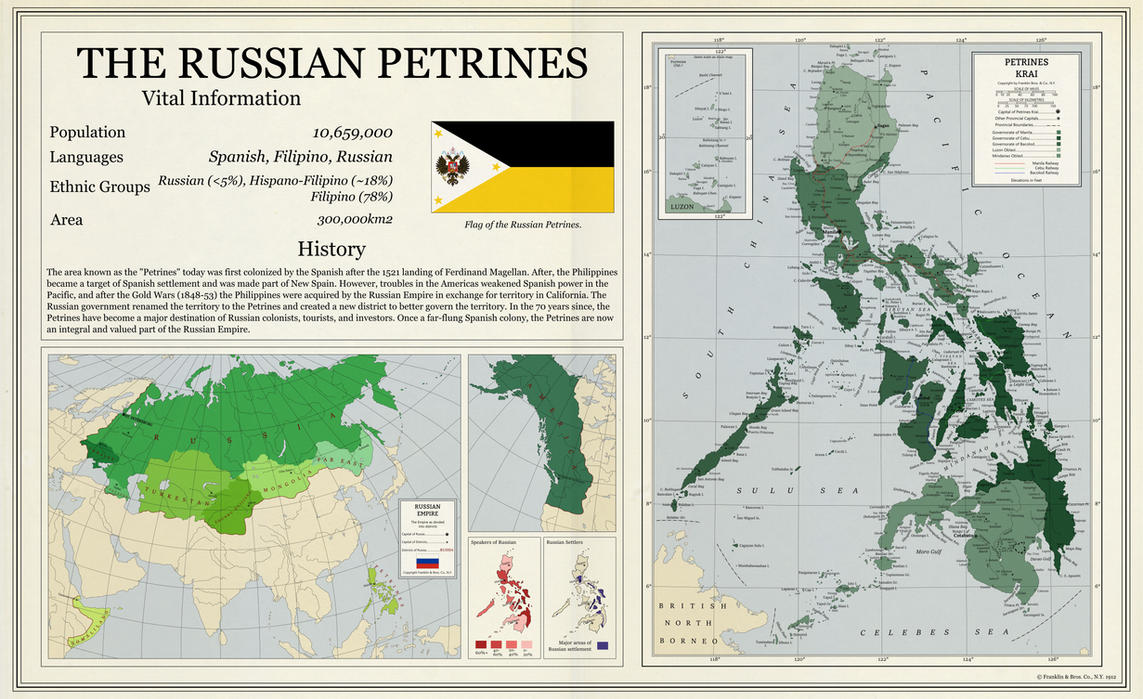
After the Bombs
In October 1962 the world faced the horror of a global nuclear war with bombs landing on the three continents of Asia, Europe and North America
The remaining two months of the year saw drastic changes to the global geo-political landscape.
The USSR that suffered the most damage besides Cuba and Germany was collapsing as the republics were declaring independence as Moscow was obliterated and the Soviet military lost most of its force. The Warsaw pact fell apart as the leaders of the eastern block countries attempted to establish dominance over their people and of Eastern Europe.
Cuba was bombed most heavily and invaded by the US, most population centres were devastated and agricultural land poisoned by radiation and other contaminants resulting in a large numbers Cubans fleeing towards Florida, Haiti, Mexico, The Dominican Republic and other Caribbean Islands.
The British capitol London was flattened as were many cities across the Island, In November the new government recalled the British Army back to the UK and declared that any of its colonial empire that whished for independence would be granted. Hong Kong was surrounded by the PLA a few days after the Bombs fell and a quick negotiation a peaceful handover was secured.
The French government did not call back its military back home and still hoping to maintain an empire, which did not stop many Pacific Island territories including New Caledonia from declaring independence.
The United States suffered destruction of major cities including the Washington D.C.
Florida was bearing the brunt of the Cuban Diaspora as most it suffered the most damage.
Germany suffered largely as both east and west was bombed to make way for the advancing armies, although very little actual fighting did occur on German soil as the most of the foreign military force were destroyed.
North Korea invaded South Korea quickly after Soviet bombs fell on many US military basses and quickly unified the peninsula.
Japan had suffered attacks on the US basses on the archipelago and the Okinawa was bombed heavily and in response Japan declared the annexation of the Island Group.
Malaya, Indonesia both sent tropes to occupy the disputed area of North Borneo and Sabah. While the Philippines sent its navy to patrol the coast of Sabah.

